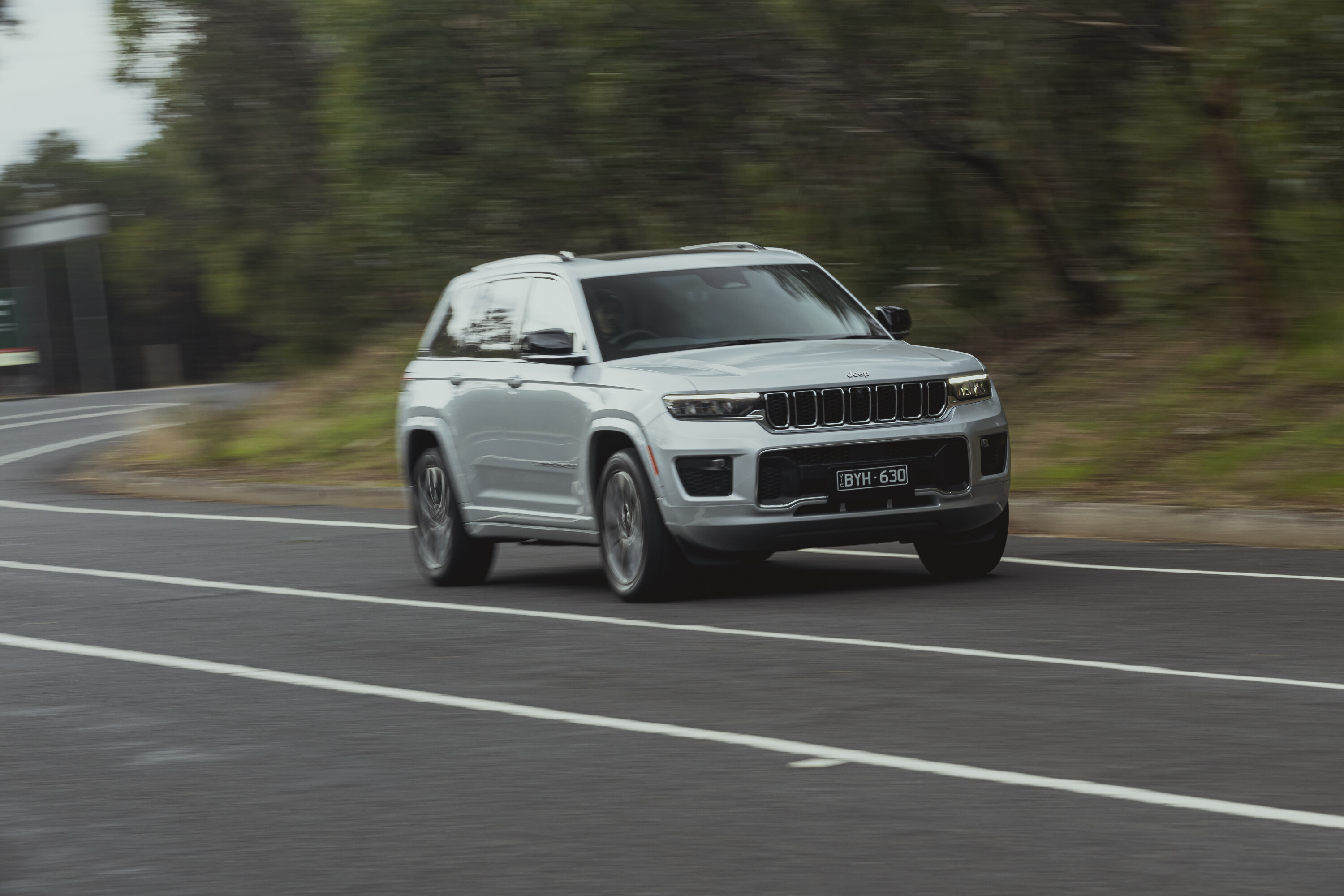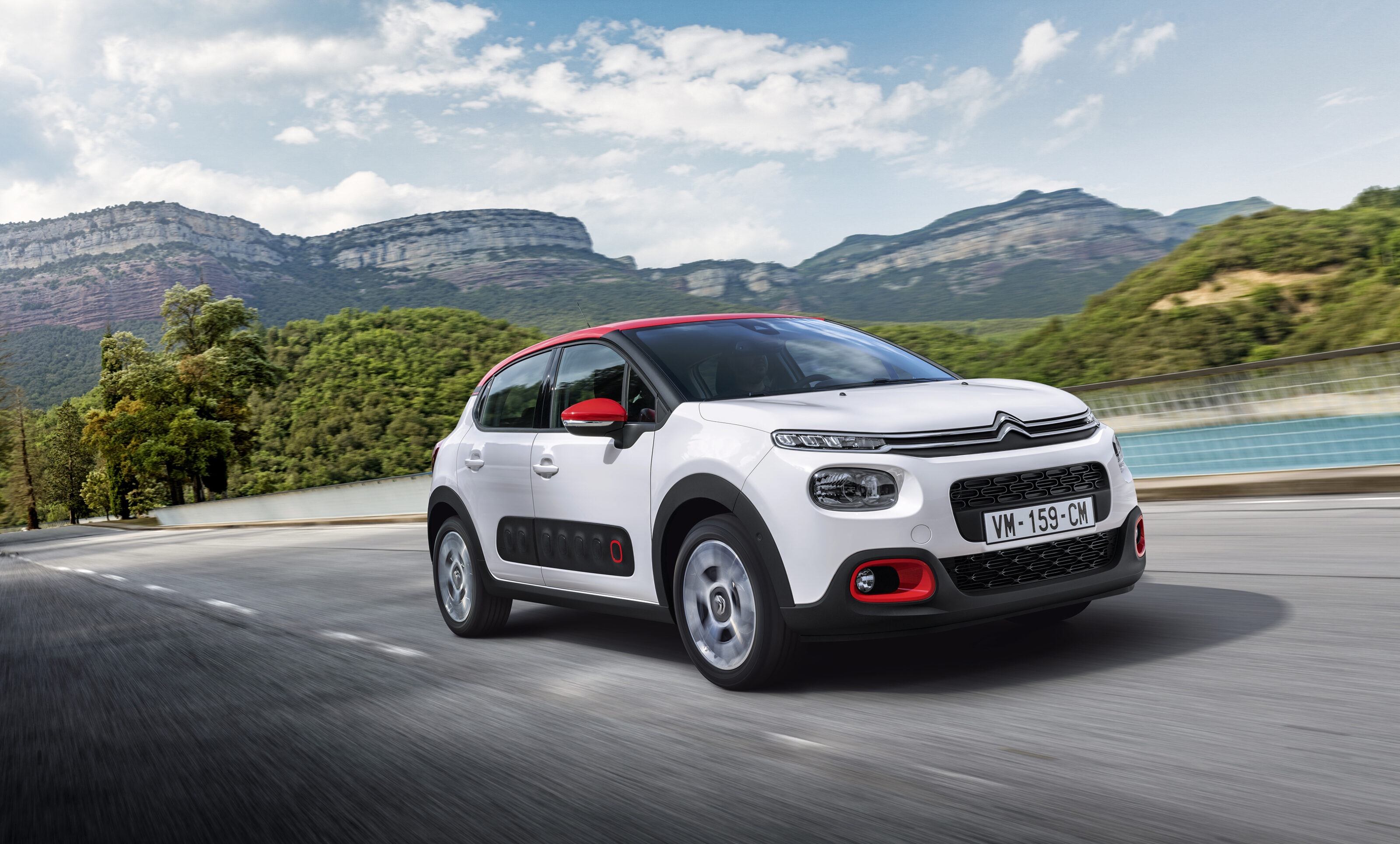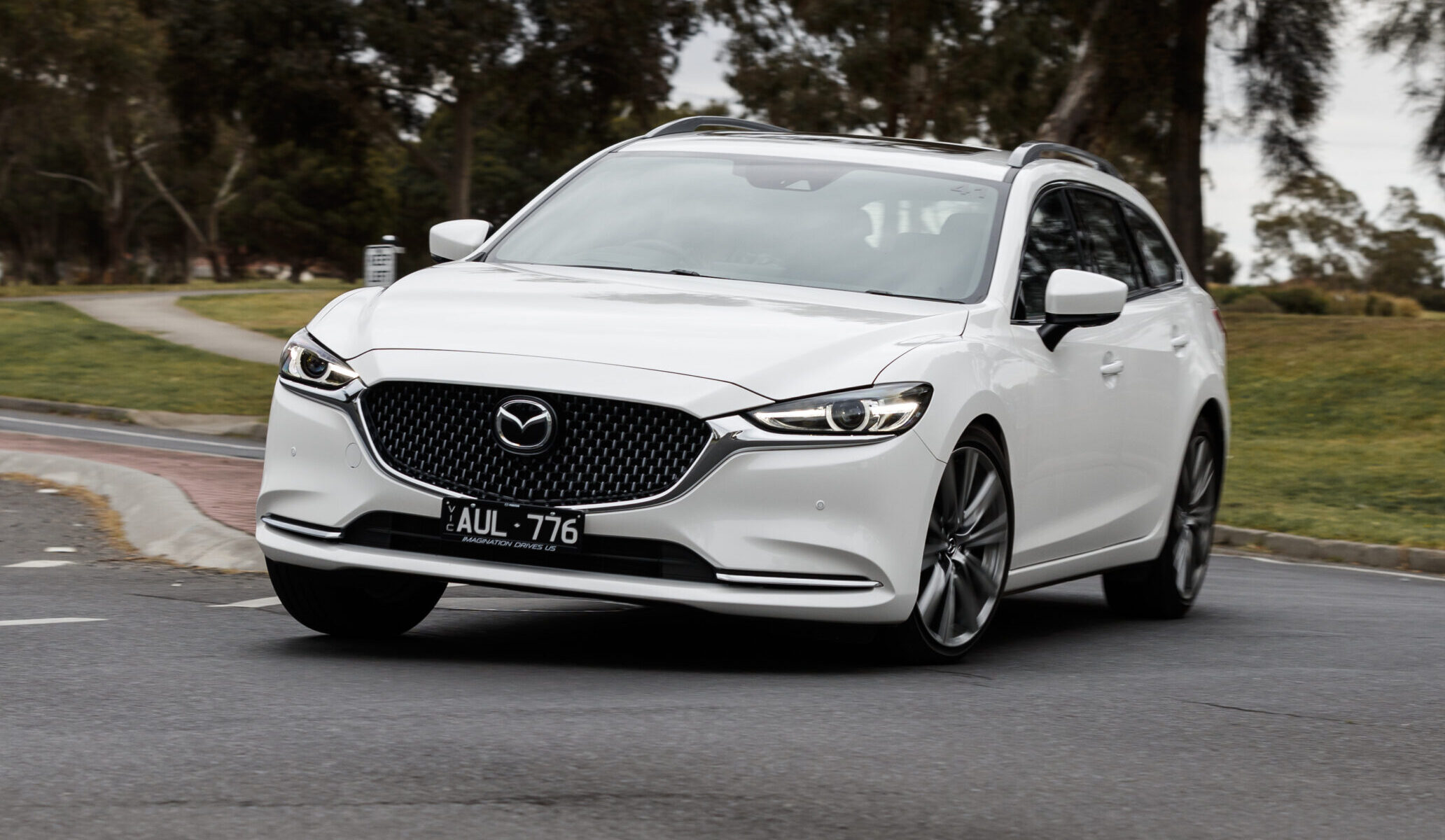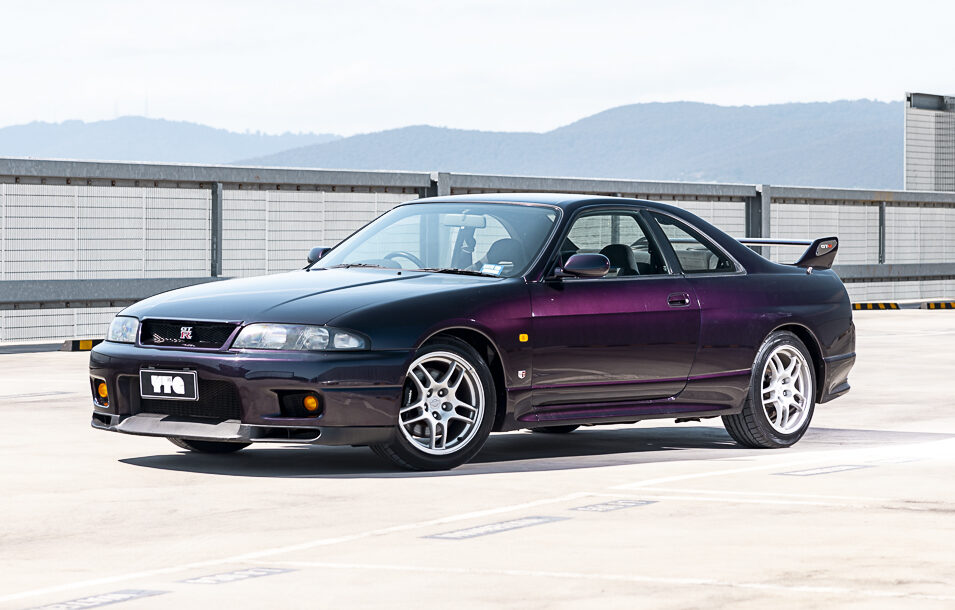How the mighty have fallen. As recently as 2014, the Jeep Grand Cherokee was the best-selling large SUV in Australia. During that year it chalked up 16,582 deliveries, acing the likes of the Toyota Prado.
Last year, Jeep managed to shift just 645 cars locally, its worst result since 2009. On the back of this 96 per cent decline in sales, Jeep has pulled the plug on the Grand Cherokee. Parent company Stellantis Australia has taken “the difficult decision to pause availability of the current model Grand Cherokee” in order to “match local market dynamics and customer preferences”.
A statement went on to say: “While the Jeep Grand Cherokee will continue to be sold in many markets around the world, this decision allows us to focus our efforts on placing the right products in the right segments that can have the greatest relevance for our customers.”
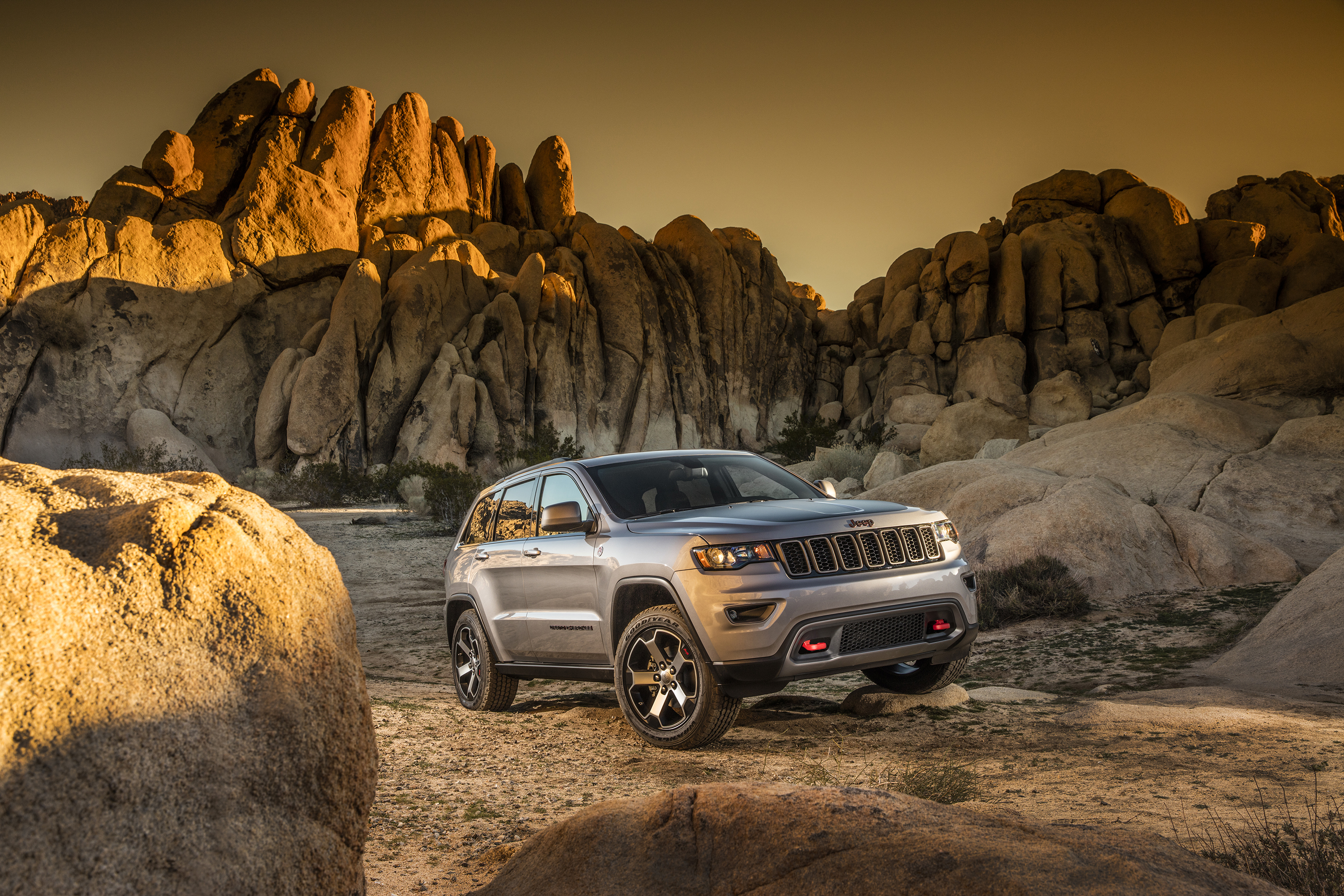
We’re not the only ones in this situation. Production of both the five-seat Grand Cherokee and the seven-seat Grand Cherokee L has ended for all right-hand drive markets. The UK, Japan, South Africa, Singapore and India will all see supply axed.
It ought to have been far rosier, on these shores at least. Quite how Jeep – a manufacturer with arguably the most storied off-roading credentials in the market – has managed to fail with the Grand Cherokee in Australia, a country that loves off-roading, adores big SUVs and has had, to date, no punitive measures on emissions is something to behold.
What’s more, it’s not as if the Grand Cherokee has been a particular weak spot in Jeep’s portfolio. In fact, it’s the second biggest seller after the Wrangler. That should clue you in to the amount of trouble the brand is in Down Under. The writing was on the wall when Jeep introduced the latest WL generation Grand Cherokee in 2023. Pricing had leapt up considerably, the rises over the outgoing model averaging around $18,000, and this in the teeth of a cost of living crisis.
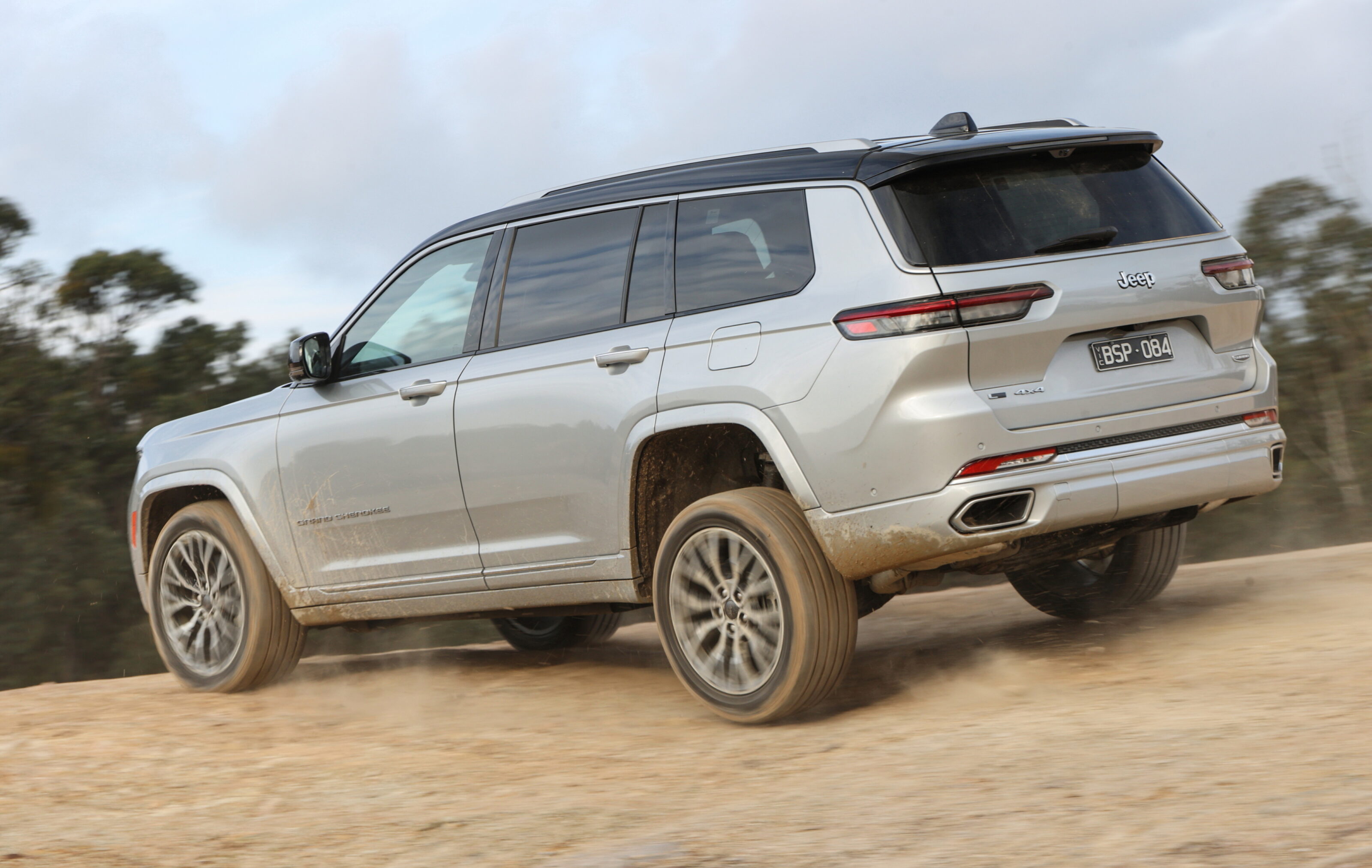
In short, the market just didn’t wear Jeep’s premium positioning for the WL. They were unimpressed by the carry-over petrol engines and the short service intervals. Customers voted with their wallets and found value instead in vehicles like the resurgent Ford Everest and Mazda’s plush CX-90, or else they sat on their money waiting for the box-fresh Toyota Prado to launch.
Jeep responded, belatedly slashing prices of the Grand Cherokee, but by that time the damage had been done. With prices far keener on these runout models, there are some bargains to be had. Repairing the reputational damage of a model that once reigned and then collapsed will be a tougher ask, but it’ll probably need to be done ahead of the arrival of the electric Jeep Wagoneer S, slated for 2026. If Jeep can’t convince Aussie buyers to sink their money into a petrol large SUV, it might face an even tougher task selling them an electric one.
Still, Jeep as a company has survived bumps in the road since 1943. Given the love for the brand, we wouldn’t bet against it. As the company knows, it’s just a case of right product for the right market at the right time. Here’s hoping for happier days ahead.
Mud plugging – the Grand Cherokee 4xe
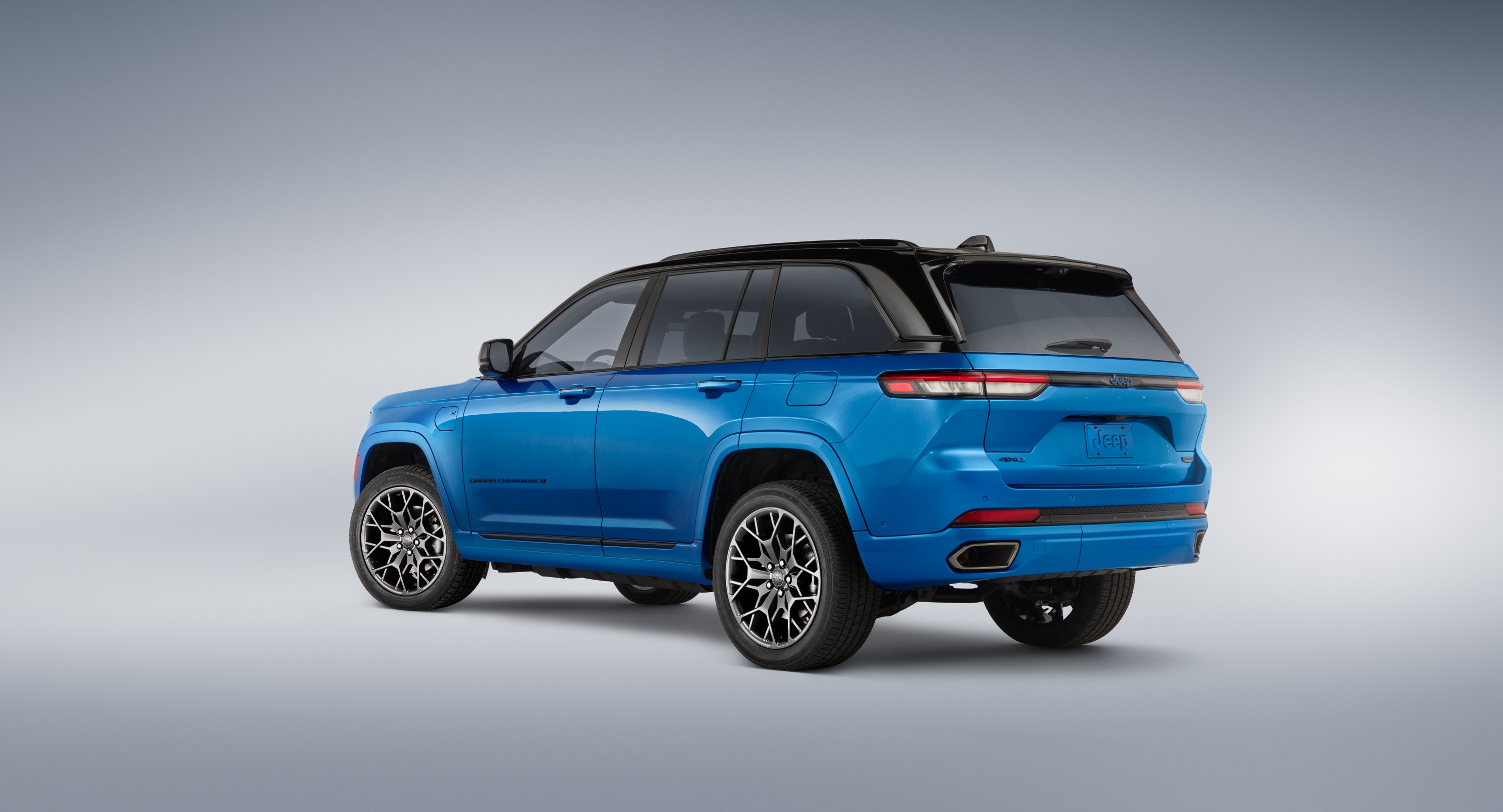
As well as the old 3.6-litre V6 lump, Jeep also offered the Grand Cherokee with a 2.0-litre plug-in hybrid four. Sales here have been woeful. Positioned as the range flagship, the Summit Reserve 4xe boasted 280kW/637Nm and fuel economy of 3.2L/100km versus 10.4L/100km for the conventional 3.6-litre cars.
So why did it flop? Issues around thermal runaway because of the compromised Samsung prismatic battery design contributed. Above all, it was just too expensive. Who wanted to pay $129,950 for a car that you needed to home charge for three hours to achieve a paltry 52km of electric range? Very few of you, it seems.
This article first appeared in the April 2025 issue of Wheels magazine.




